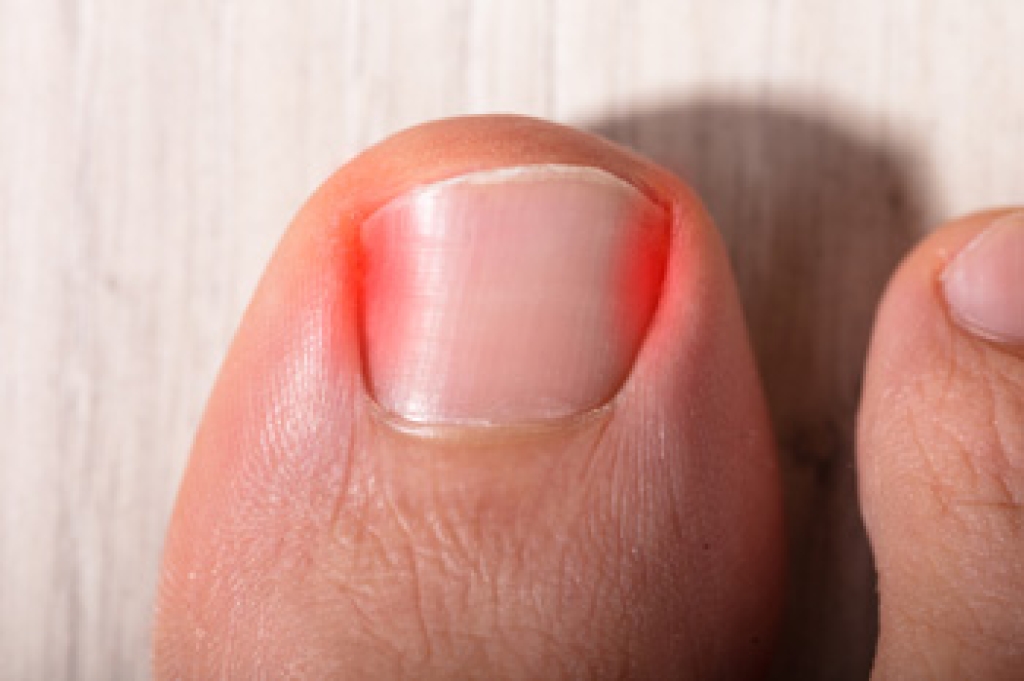
Sever’s disease is a common cause of heel pain in active children and adolescents, especially during growth spurts when the heel bone develops faster than the surrounding muscles and tendons. This condition is caused by inflammation of the growth plate at the back of the heel, often triggered by repetitive stress from running, jumping, or playing sports. It may look like slight swelling or redness around the heel, and it often feels like sharp or aching pain that worsens with activity and improves with rest. Some children may limp or avoid putting pressure on the affected foot. A podiatrist can provide an accurate diagnosis by examining the heel and assessing gait or footwear concerns. Treatment may include activity modification, stretching exercises, heel cushions, or supportive custom orthotics to reduce stress on the growth plate. These strategies help relieve pain and promote healthy development. If your child experiences persistent heel discomfort, it is suggested that you make an appointment with a podiatrist.
Sever's disease often occurs in children and teens. If your child is experiencing foot or ankle pain, see Kenneth Donovan, DPM from Advanced Care Foot and Ankle. Our doctor can treat your child’s foot and ankle needs.
Sever’s Disease
Sever’s disease is also known as calcaneal apophysitis, which is a medical condition that causes heel pain I none or both feet. The disease is known to affect children between the ages of 8 and 14.
Sever’s disease occurs when part of the child’s heel known as the growth plate (calcaneal epiphysis) is attached to the Achilles tendon. This area can suffer injury when the muscles and tendons of the growing foot do not keep pace with bone growth. Therefore, the constant pain which one experiences at the back of the heel will make the child unable to put any weight on the heel. The child is then forced to walk on their toes.
Symptoms
Acute pain – Pain associated with Sever’s disease is usually felt in the heel when the child engages in physical activity such as walking, jumping and or running.
Highly active – Children who are very active are among the most susceptible in experiencing Sever’s disease, because of the stress and tension placed on their feet.
If you have any questions, please feel free to contact our office located in Charleston, SC . We offer the newest diagnostic and treatment technologies for all your foot care needs.




